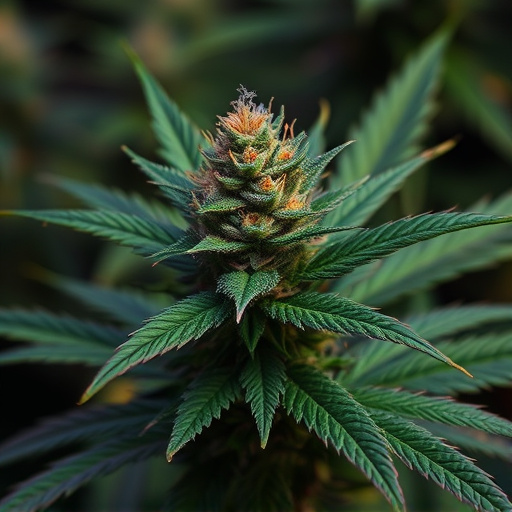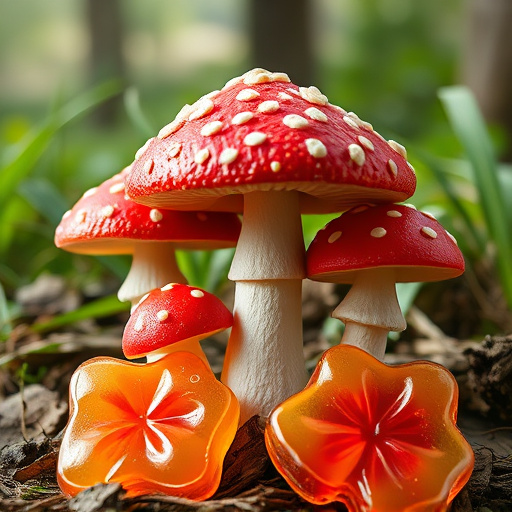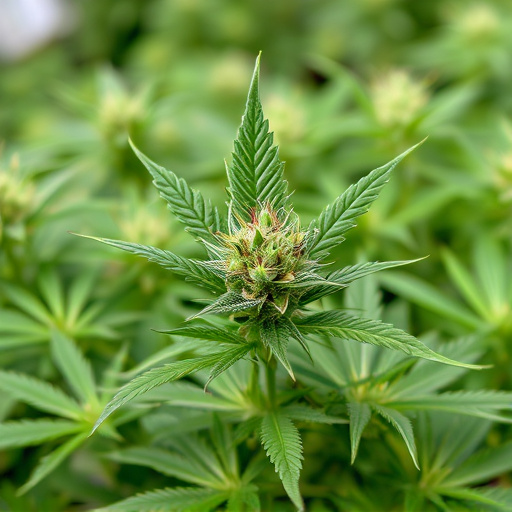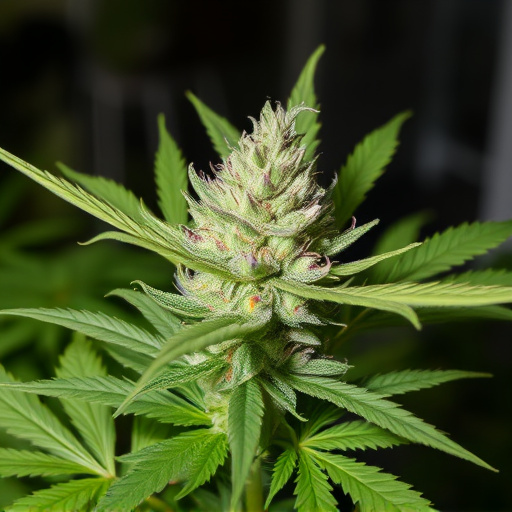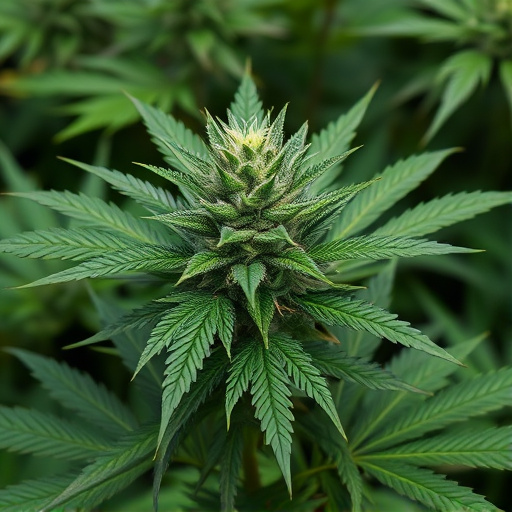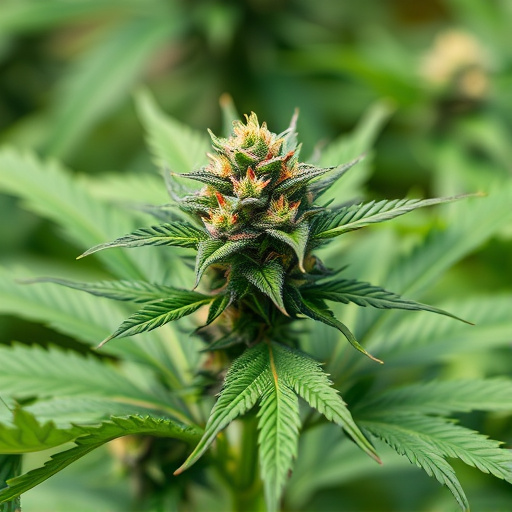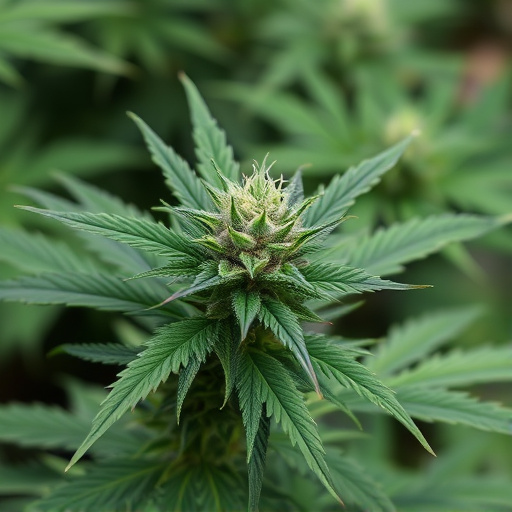Cultivating high-quality cannabis requires a meticulous approach focusing on soil health, environmental control, genetic heritage, and cultivation practices. Optimal temperature, humidity, and light conditions enhance plant growth and cannabinoid production, with Cannabis sativa benefiting from consistent lighting and Cannabis indica from precise scheduling. Soil management, including organic amendments and crop rotation, preserves health and reduces pest pressures. Careful nutrient management and balanced diets support robust plants and high-quality flowers with distinct terpene and cannabinoid profiles, whether from sativa or indica.
Discover what sets high-quality Cannabis flower apart in this comprehensive guide. From cultivation practices that optimize environmental factors, soil health, and harvesting techniques, to understanding the genetic distinctions between Cannabis sativa and indica, and the crucial role of terpenes and cannabinoids. We also explore rigorous testing methods ensuring potency, safety, and consistency. Learn how these elements combine to create superior cannabis products.
- Cultivation Practices for Optimal Quality
- – Environmental factors: Light, temperature, humidity
- – Soil health and nutrient management
Cultivation Practices for Optimal Quality
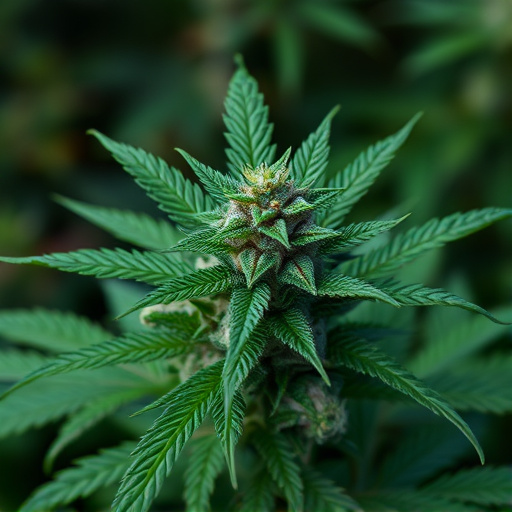
Cultivating high-quality cannabis requires a meticulous approach, focusing on various factors from soil health to environmental control. For Cannabis sativa and Cannabis indica, both genetic heritage and cultivation practices play pivotal roles in determining final product excellence. Farmers must maintain optimal growing conditions, including precise temperature and humidity levels, to foster robust plant growth.
Using organic, nutrient-rich soil amendments and implementing rotation strategies between crops helps preserve soil health and minimize pest and disease pressures. Additionally, controlling light cycles and providing adequate space for each plant ensures uniform development and maximizes cannabinoid production. These cultivation practices not only enhance the overall quality of cannabis flowers but also contribute to their distinct characteristics, whether it’s the calming effects of Cannabis indica or the invigorating properties of Cannabis sativa.
– Environmental factors: Light, temperature, humidity
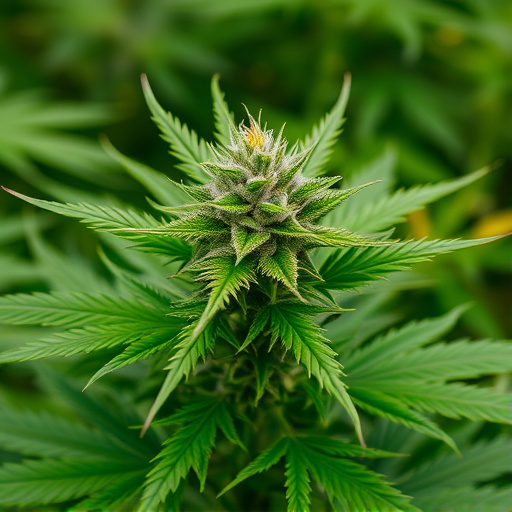
The quality of cannabis flower is significantly influenced by the environmental conditions in which it grows. Light plays a pivotal role, with optimal levels and spectrums fostering robust plant development and maximizing cannabinoid production. For Cannabis sativa, which tends to thrive in longer daylight hours, consistent lighting ensures vigorous growth. Conversely, Cannabis indica varieties prefer shorter days, and precise light scheduling can enhance their unique profile of cannabinoids like THC.
Temperature and humidity also matter. Cooler temperatures during the day and slightly warmer nights are ideal for most cannabis strains. This temperature range allows for optimal CO2 absorption, promoting robust plant health. Humidity should be carefully managed; too much or too little can stress the plants. Ideal humidity levels support robust cannabinoid synthesis and prevent unwanted mold or mildew growth, ensuring the production of high-quality, potent cannabis flower.
– Soil health and nutrient management

The quality of cannabis flower is significantly influenced by the health and management of the soil in which it grows, as this forms the foundation for a robust and potent final product. For optimal growth, cannabis plants—whether Cannabis sativa or Cannabis indica—require a balanced diet, typically achieved through meticulous nutrient management. Soil health involves ensuring adequate organic matter, proper pH levels, and rich microbe activity, all of which contribute to the plant’s ability to absorb essential nutrients.
Nutrient management plays a crucial role in fostering healthy cannabis plants. Growers must carefully monitor and adjust nutrient levels, ensuring neither deficiency nor excess. This includes providing necessary macronutrients like nitrogen, phosphorus, and potassium, as well as micronutrients such as calcium, magnesium, and sulfur. Balanced nutrition promotes robust plant development, leading to higher-quality flowers with desirable terpene and cannabinoid profiles.
High-quality cannabis flowers are a result of meticulous cultivation practices, focusing on environmental precision and optimal soil conditions. By carefully controlling light spectrums, maintaining ideal temperatures, and managing humidity levels, growers ensure the plant’s natural processes thrive. Moreover, nurturing healthy soil through proper nutrient management enhances the cannabis sativa or cannabis indica plant’s ability to produce potent and aromatic flowers, delivering an exceptional consumer experience.
